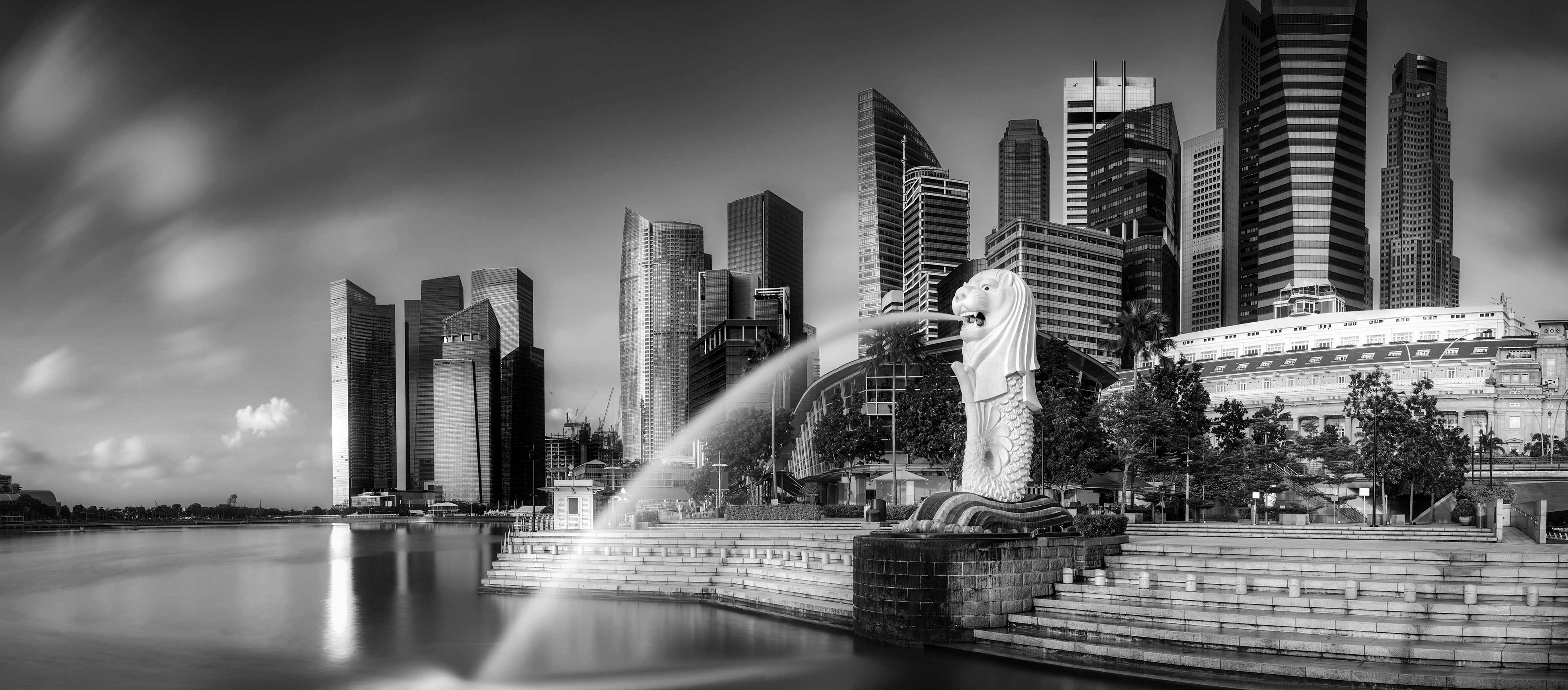‘Luxury’ is the concept of desiring something that we don’t actually need. In reality, it is a true luxury to have time, love, good health, and a healthy environment. You cannot buy these, but then again, they may be considered basic needs, not wants.
While fur coats and crocodile bags are still considered luxuries to some, they are simply termed cruel or vulgar by others. Ivory, rhino horn, and other animal-derived materials, as well as items produced by child labor and other forms of slavery, can no longer be considered luxuries.
How Luxury Branding Drives Desire
Luxury is about the extraordinary – this creates desire. In my research, I look at the processes of creating the extraordinary from different perspectives. Economically, it’s all about price and value; culturally it’s about the magical aura the brands radiate; socially, it’s about status and exclusivity; psychologically, it’s about how the brand makes you feel special; and managerially it’s about creating a culture of excellence. Understanding these mechanisms is crucial to creating desire and seducing consumers into your brand story.
Luxury brands have long known this. In their advertisements, they generate desire by relying on three principles: enrichment, distancing, and abstraction. The differences from mass-market and premium brands are striking. Through enrichment, such as storytelling, luxury brands take us on a journey towards the destination of desire. We rarely desire what we can have immediately. That’s why we seldom desire the ordinary world. Desire is created when something is just out of reach.
How To Build Luxury Branding
1. Identify Niche Segment
One of the fundamental principles of effective branding is for brands to diligently select a lucrative segment that they can then target through an enticing positioning. Although this general principle is universally applicable, luxury brands are substantively different from other brands.
Luxury brands are built on the premise of offering high symbolic value to a very selective segment of consumers that are more focused on high status associations than the underlying price. As such, the first step for companies to build a powerful luxury brand is to identify a niche segment of affluent customers and devise offerings that are valued by those customers.
Given the focus on highlighting symbolic value either through an overall brand experience or via exclusivity in offerings, price points or availability, luxury brands have a heightened need to identify their niche segment to which they design their offering to.
2. Brand positioning based on high levels of differentiation
As global brands strategize their competitive moves, they are likely to either follow a cost leadership strategy or a differentiation strategy. All luxury brands follow a differentiation strategy. However, unlike differentiation on mere product attributes, luxury brands should aggressively differentiate their brand experience.
Unlike the usual mainstream brands, luxury brands are characterized by high levels of customer loyalty, key features that define their identity and powerful associations with certain central intermediaries in the market for luxury products. These features mandate that the level and type of differentiation that luxury brands carry out be even more powerful, more distinct and more focused on the symbolic value that it offers to customers.
3. Emphasising symbolic value
The most important element of creating luxury brands is the brand’s ability to create and communicate symbolic value for its customers. Brands usually offer two types of value – functional value and symbolic value. Functional value emanates from the features and the potential uses of the brand. Functional value highlights the base line value that customers expect when they buy a brand over a commodity or a store brand because of its underlying promise of quality, reliability and trust. As such, it directly reflects the tangible ability of the brand for the customers.
Symbolic value on the other hand emanates from the social standing of the brand, that is, the extent to which the brand is perceived as being an elite offering aspired by the customers. As such, symbolic value reflects the extent to which the brand is endorsed and validated by the cream of the customers. Global brands aspiring to build luxury brands should careful devise strategies to emphasize their symbolic value for their customers.
Unlike many of the mainstream brands, luxury brands are all about creating a sense of social standing for customers, for which they don’t mind paying premium prices. As such, aspiring luxury brands should strive to carve out their own way of creating symbolic value in the segment of customers that they are primarily targeting.
One way to emphasize the brand’s symbolic value is through storytelling and building a longstanding heritage. If one were to study the similarities between luxury brands in the market today, it is very apparent that all luxury brands have a story to tell, from its founder’s story of founding the brand, to its sustainable efforts in connecting with society.
4. Creating sense of exclusivity
What makes a brand to be perceived as possessing symbolic value? Among others, an important factor is the perception of exclusivity. All luxury brands strive to create a sense of exclusivity for its customers. Perceptions of exclusivity can in terms of unattainable price, limited geographic availability, barriers to possession, or even limited supply. These mechanisms of creating perceived exclusivity not only creates a pseudo sense of demand for the brand in the eyes of the observer but also enables those who patronize the brand a sense of special status.
Furthermore, creating the perception of exclusivity also enables the brand to sustain its positioning in the face of extreme external shocks such as heightened competition, regulatory shocks or even recession. As such, CEOs and brand managers striving to build luxury brands should carefully devise their strategies and resulting tactical actions to create a sense of exclusivity for their brands.
5. Consistent and unwavering delivery of superior brand promise
One of the biggest challenges for any brand is to consistently deliver on all the brand promises. Successful brands are those that create supportive organizational and operational structures that facilitate the implementation of strategies to deliver on the promises. However, delivering on brand promises involves multiple dimensions in the case of luxury brands. Not only do luxury brands need to consistently deliver on the promise of symbolic value, but they also will need to project consistency and continuity in every possible touch point.
To add to this, given the external shocks in terms of global recession leading customers to cut down on their luxury products, they are also forced to compete on non-luxury brands, many time on the price front. In fact, many luxury and high-fashion brands have not been immune to this as we see many companies creating sub-brands in their brand architecture to capitalize on and cater to the lower-priced customer segment. In such situations, it becomes even more important for luxury brands to solely focus on highlighting the symbolic value through brand experiences than being inconsistent to its brand promise of high value.
Building a luxury brand is a journey
Indeed, building a luxury brand today amidst other longstanding brands in the current market landscape may seem daunting. However, with a clear plan to identify a niche customer segment and emphasize the brand’s symbolic value, there is huge potential for brand managers in Asia to differentiate and position new, iconic luxury brands in the market.





